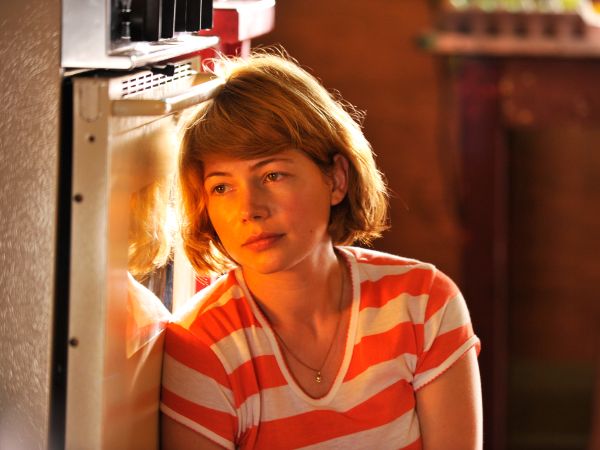Wow, was the series finale of “Friday Night Lights”
good. This episode was the epic conclusion
of the show’s five seasons.
This episode written by Peter Berg, the series’ creator,
showed just how much of a genius he is.
Berg presents all issues the show’s characters are facing
and solves them in the one-hour finale.
Besides the anxiety of the upcoming state championship game,
the Taylor’s are dealing with the dilemma of where they will live in the
future. Eric (Kyle Chandler) was offered the head coaching position of the
“super team” in West Dillon and Tami (Connie Britton) was offered the dean of admissions
position at a college in Philadelphia.
For a couple that has always been perfect together, Berg brilliantly
had their dispute be one of the show’s main storylines as it is approached its
end.
After realizing how much Tami wants to go to Philadelphia,
Eric ultimately decides that he will turn down the job with the Panthers.
Matt Saracen (Zach Gilford) returns to Dillon from Chicago
and surprises Julie Taylor (Aimee Teegarden) at the Taylor’s home. They go to the least
romantic place in town — the Alamo Freeze — where he proposes to Julie and
gives her his grandmother’s ring and she said yes. Thankfully.
Becky Sproles’ (Dora Madison Burge) mother returns to
Dillon, so she moves out of the Riggins’ home. Mindy (Stacey Oristano) acted
like she just put up with Becky the throughout her time staying with them, but
she breaks down as Becky is leaving, showing that she truly does care about
her.
After Tim Riggins (Taylor Kitsch) says that he is thinking
about moving to Alaska, he ultimately decides to build a house on the land he
own in Dillion. He reveals this information to Tyra (Adrianne Palicki) and says
he will never do anything illegal again — as he sips a beer as a 19-year-old.
The final six minutes of the episode was the perfect kicker
to an incredible series.
It began with showing the team preparing for the state
championship and Vince Howard (Michael B. Jordan) telling Coach Taylor, “You
changed my life, coach.”
Then highlights of the game are shown in a montage until
there’s three seconds left. These highlights are shown in an extremely dramatic
and cinematic way to illustrate the pure emotion all the players, coaches and
fans feel during the game.
The Lions are down five points and have the ball. They need
to convert a hail mary to win the state championship. Vince Howard throws the
ball and as it’s about be caught in the end zone the show cuts to eight months
later to Coach Taylor’s new team practicing in Philadelphia.
Then in a montage the audience sees Vince, Buddy Garrity Jr
(Jeff Rosick) and Tinker (Wayne Reid) practicing for the Dillion Panthers. Luke
Cafferty (Matt Lauria) giving Becky his state championship ring before he gets
on the bus to army boot camp. Tami walks on her new school’s campus in
Philadelphia and Matt and Julie are shown in their apartment in Chicago.
The last moment of the show was perfect.
Eric and Tami Taylor walked off the field in Philadelphia as
the lights turned off to not only end their evening but to end the series
“Friday Night Lights.”
Many people have asked me what my favorite part of the
episode was, which for me is an easy answer: The fact it was never said that
Lions won the state championship. Rather, they let the audience figure it out
by seeing the players wearing their rings.
Moments like this are what made “Friday Night Lights” so
incredible for five seasons. Berg not only entertained the audience, but he
also made them think. That’s what I will miss the most.









































